
Koh Lanta: The Jewel of the Andaman Sea
Discover Koh Lanta, Thailand's serene island paradise, where pristine beaches, cultural heritage, and natural wonders create an unforgettable experience.
Nestled in the Andaman Sea, Koh Lanta is an island paradise that is a must-visit for tourists seeking a blend of tranquility and adventure. The island is renowned for its stunning beaches, crystal-clear waters, and lush rainforests, offering a perfect escape from the hustle and bustle of city life. Koh Lanta's beaches are among the most serene in Thailand, with long stretches of white sand and gentle waves. Whether you prefer sunbathing, swimming, or snorkeling, the pristine beaches cater to all. Klong Dao Beach and Long Beach are the most popular spots, but for those seeking seclusion, the quieter Bamboo Bay and Nui Beach are perfect retreats. Beyond the beaches, Koh Lanta offers a rich cultural experience. The island is home to the Sea Gypsies, an indigenous community with a unique way of life. A visit to the Gypsy Village provides insight into their traditions and customs. Additionally, the old town of Koh Lanta, with its wooden houses and charming streets, is a step back in time and a great place to explore local shops and eateries. For nature lovers, the island's national park is a treasure trove of biodiversity. Hiking trails lead through dense forests to stunning viewpoints and secluded beaches. The park is also home to a variety of wildlife, including monkeys and exotic birds. Don't miss the opportunity to take a boat trip to nearby islands, where you can explore hidden caves and snorkel in vibrant coral reefs.
Local tips in Koh Lanta
- Visit during the dry season (November to April) for the best weather and sea conditions.
- Renting a scooter is a convenient and fun way to explore the island at your own pace.
- Try the local seafood at Lanta Old Town for an authentic culinary experience.
- Carry insect repellent, especially if you plan to explore the national park.
- Book boat trips in advance during peak season to secure your spot.
Koh Lanta: The Jewel of the Andaman Sea
Nestled in the Andaman Sea, Koh Lanta is an island paradise that is a must-visit for tourists seeking a blend of tranquility and adventure. The island is renowned for its stunning beaches, crystal-clear waters, and lush rainforests, offering a perfect escape from the hustle and bustle of city life. Koh Lanta's beaches are among the most serene in Thailand, with long stretches of white sand and gentle waves. Whether you prefer sunbathing, swimming, or snorkeling, the pristine beaches cater to all. Klong Dao Beach and Long Beach are the most popular spots, but for those seeking seclusion, the quieter Bamboo Bay and Nui Beach are perfect retreats. Beyond the beaches, Koh Lanta offers a rich cultural experience. The island is home to the Sea Gypsies, an indigenous community with a unique way of life. A visit to the Gypsy Village provides insight into their traditions and customs. Additionally, the old town of Koh Lanta, with its wooden houses and charming streets, is a step back in time and a great place to explore local shops and eateries. For nature lovers, the island's national park is a treasure trove of biodiversity. Hiking trails lead through dense forests to stunning viewpoints and secluded beaches. The park is also home to a variety of wildlife, including monkeys and exotic birds. Don't miss the opportunity to take a boat trip to nearby islands, where you can explore hidden caves and snorkel in vibrant coral reefs.
When is the best time to go to Koh Lanta?
Iconic landmarks you can’t miss
Lanta Old Town
Explore the rich culture and stunning scenery of Lanta Old Town, a historical gem on Ko Lanta with vibrant shops and delicious local cuisine.
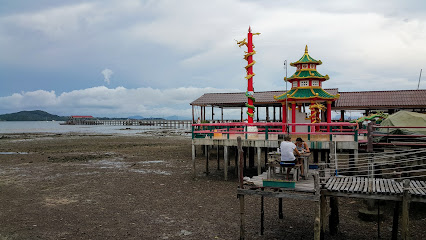
Mu Ko Lanta National Park
Explore the breathtaking landscapes and rich biodiversity of Mu Ko Lanta National Park, a true natural paradise in Thailand.
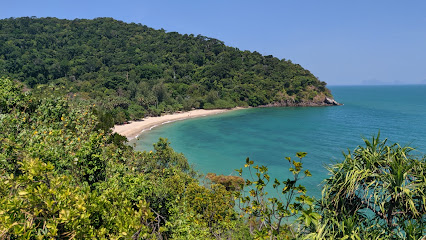
Sala Dan Pier
Experience the vibrant atmosphere and stunning views at Sala Dan Pier, your gateway to exploring the beautiful islands of Thailand.
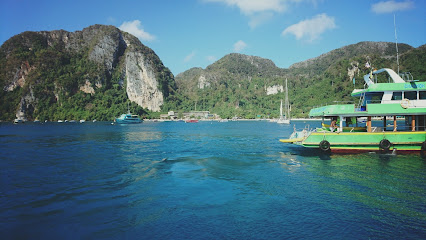
Nui Bay
Discover the serene beauty of Nui Bay, a pristine beach in Ko Lanta known for its crystal-clear waters and vibrant marine life.
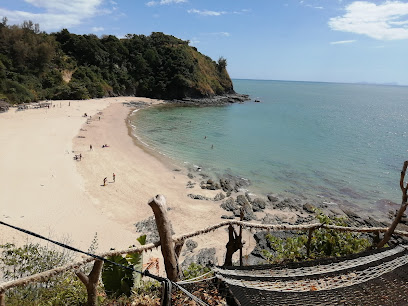
Phra Ae Beach
Discover the breathtaking beauty of Phra Ae Beach in Koh Lanta, a tranquil paradise perfect for relaxation, adventure, and stunning sunsets.
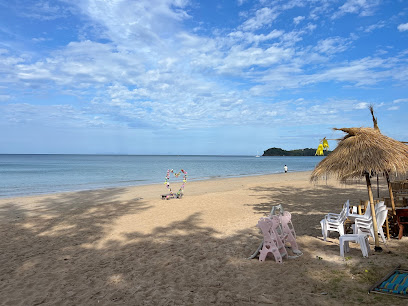
Long Beach, Koh Lanta
Discover the serene beauty of Long Beach, Koh Lanta - a tropical paradise perfect for relaxation, adventure, and unforgettable memories.
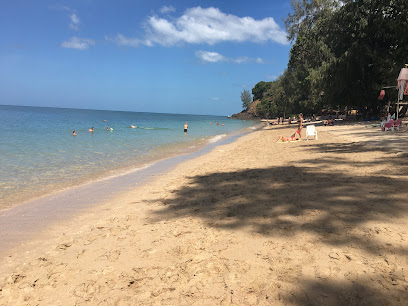
Khlong Chak Beach
Discover the tranquil beauty of Khlong Chak Beach in Ko Lanta, Thailand - a perfect paradise for relaxation and adventure.
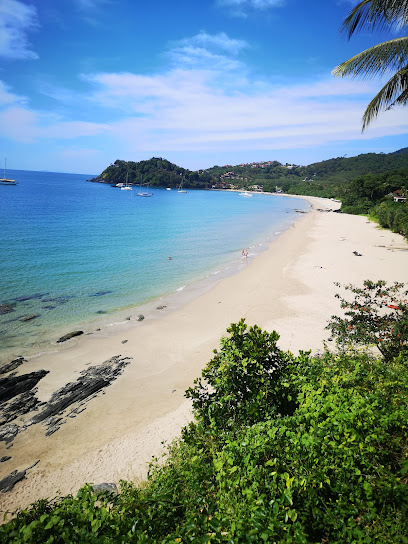
Lighthouse Koh Lanta, waterfall Bay
Explore the enchanting Lighthouse Koh Lanta and Waterfall Bay - a serene escape into nature's beauty on Thailand's idyllic Ko Lanta Yai island.
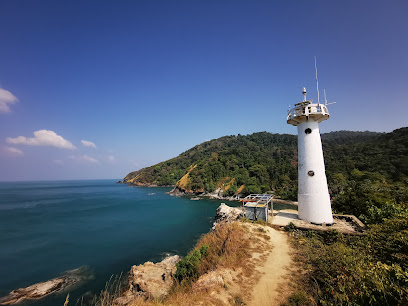
Lanta Elephant Sanctuary
Experience the gentle giants of the Lanta Elephant Sanctuary in a sustainable, ethical environment dedicated to elephant conservation.
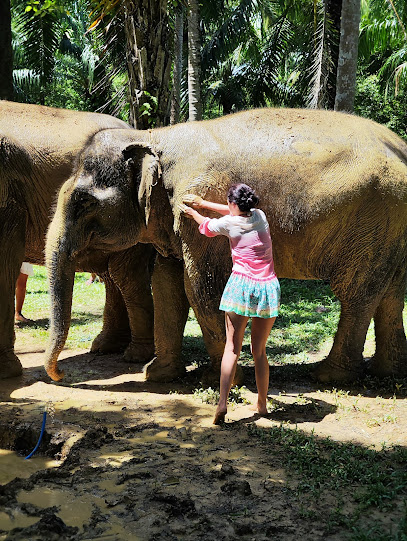
Nui Beach
Discover the serene beauty of Nui Beach in Koh Lanta, where soft sands meet crystal-clear waters for the ultimate tropical escape.
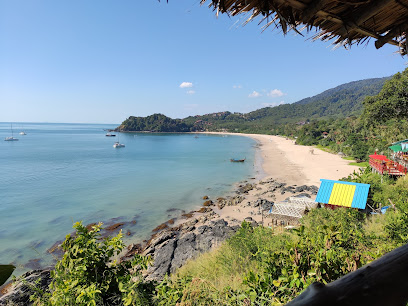
Bakantiang Beach
Discover tranquility and natural beauty at Bakantiang Beach, a hidden gem on Ko Lanta offering soft sands, calm waters, and stunning sunsets.

Koh Lanta Old Town Pier
Experience the vibrant culture and stunning views at Koh Lanta Old Town Pier, a must-visit destination for every traveler exploring Thailand's beauty.
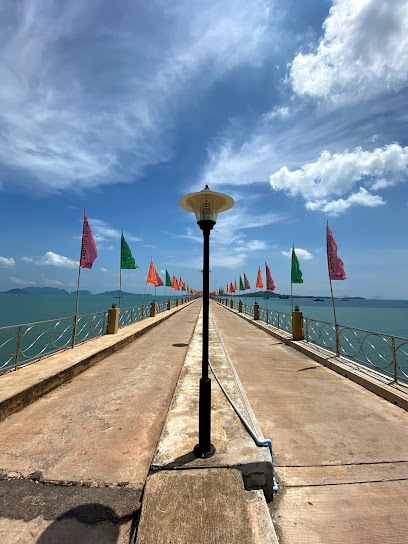
Laem Kho Kwang Beach
Experience the tranquil charm of Laem Kho Kwang Beach in Ko Lanta, Thailand – a hidden paradise for relaxation and stunning sunsets.
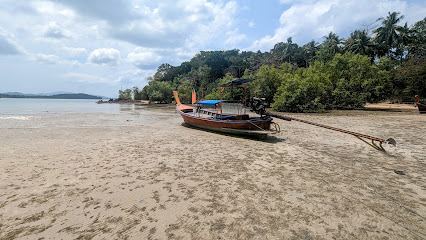
Tham Khao Mai Khew
Explore the stunning formations and serene beauty of Tham Khao Mai Khew, a must-visit cave system on Ko Lanta Yai, Thailand.
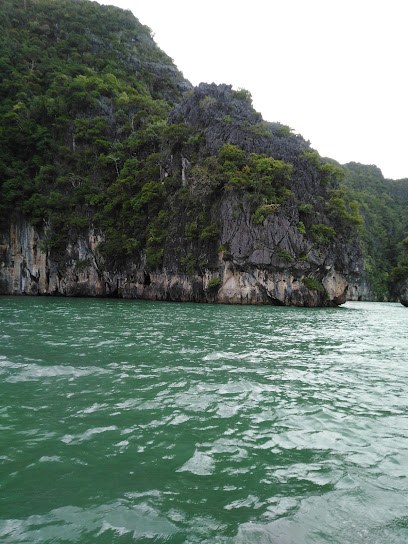
HM Lanta War Ship Museum
Explore Thailand's naval history at the HM Lanta War Ship Museum in Krabi, showcasing retired ships and maritime heritage in a scenic setting.
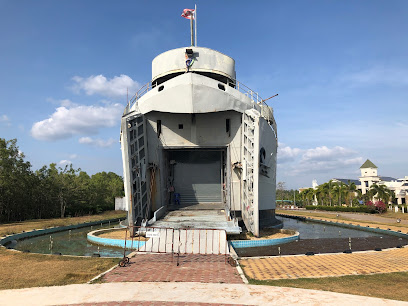
Unmissable attractions to see
Lanta Old Town
Experience the rich cultural heritage and vibrant community of Lanta Old Town on Ko Lanta Yai, a serene destination perfect for exploration.
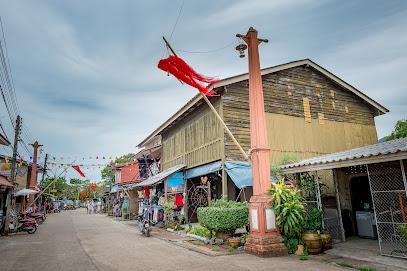
Lanta Animal Welfare
Experience compassion at Lanta Animal Welfare, where animal rescue and tourist engagement come together in beautiful Ko Lanta.
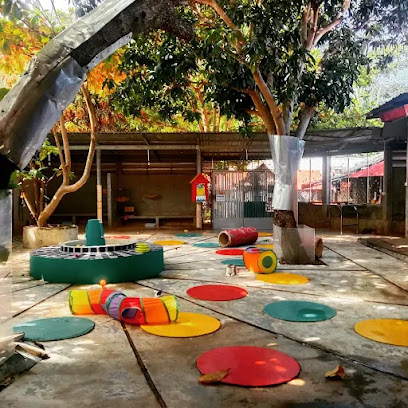
Phra Ae Beach
Experience the tranquil beauty of Phra Ae Beach, a stunning destination on Koh Lanta with pristine sands and vibrant sunsets, perfect for relaxation and adventure.
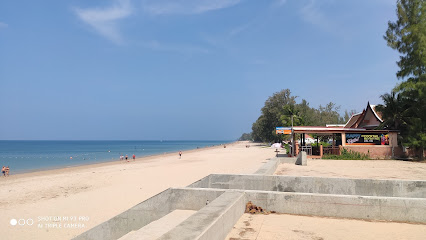
Following Giants Koh Lanta Ethical Elephant Sanctuary
Experience ethical elephant conservation at Following Giants Koh Lanta, a sanctuary dedicated to the care and protection of elephants in Thailand's beautiful landscapes.
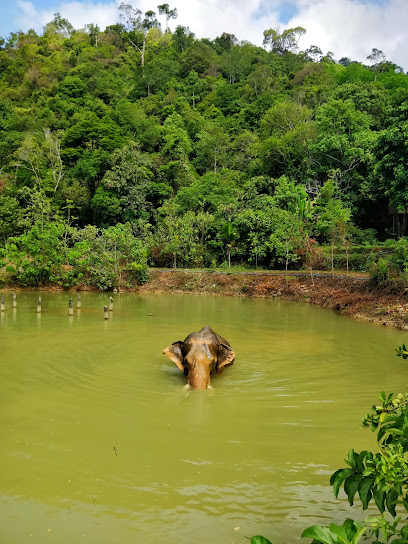
THAI'D UP ADVENTURES
Unleash your adventurous spirit at Thai'd Up Adventures in Krabi, where breathtaking landscapes meet thrilling activities for every traveler.
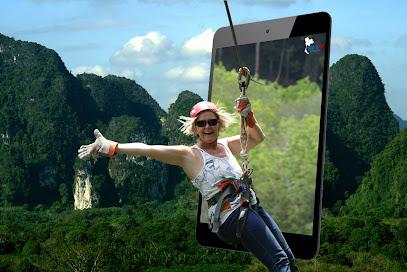
Beautiful beach
Experience the tranquil beauty of Beautiful Beach on Ko Lanta, where sun, sand, and stunning sunsets await every traveler.
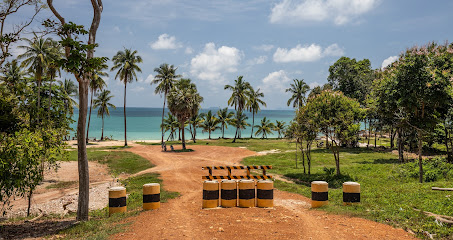
Khlong Chak Beach
Discover the serene beauty of Khlong Chak Beach on Ko Lanta, a tranquil paradise for relaxation, adventure, and breathtaking sunsets.
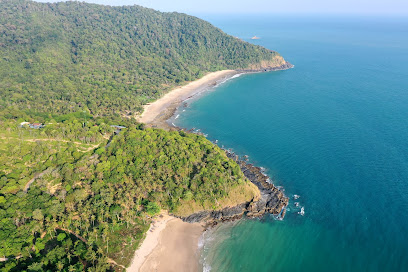
Lighthouse Koh Lanta, waterfall Bay
Experience the serene beauty and breathtaking views at Lighthouse Koh Lanta, a must-visit tourist attraction in Krabi's stunning landscape.
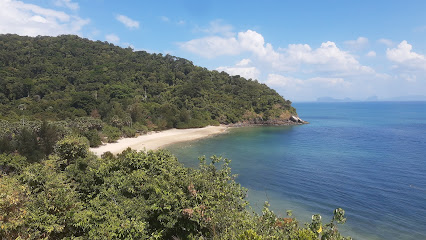
Nui Beach
Discover the serene beauty of Nui Beach, a tranquil paradise on Ko Lanta, Thailand, perfect for relaxation, swimming, and unforgettable sunsets.
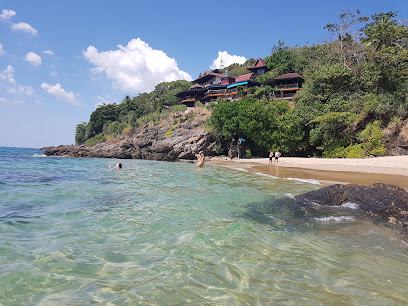
Pirate Beach
Explore the serene beauty and adventure of Pirate Beach on Ko Lanta Yai - the perfect tropical getaway for every traveler.
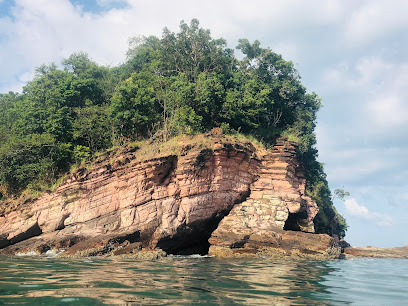
Old Town Lanta Street Market
Discover the vibrant Old Town Lanta Street Market in Ko Lanta Yai, where authentic Thai flavors and unique crafts await your exploration.
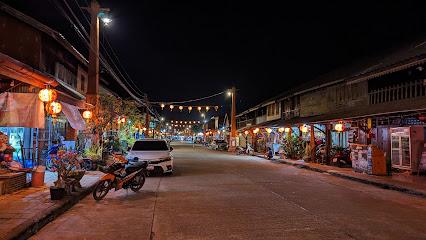
Laem Kho Kwang Beach
Discover the hidden beauty of Laem Kho Kwang Beach on Ko Lanta, where tranquility meets stunning natural landscapes and vibrant marine life.
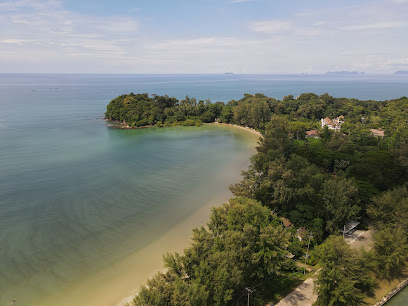
Real Rocks Climbing School, rock climbing Krabi, Railay Beach
Experience the thrill of rock climbing with expert guidance at Real Rocks Climbing School in Krabi's breathtaking landscapes.
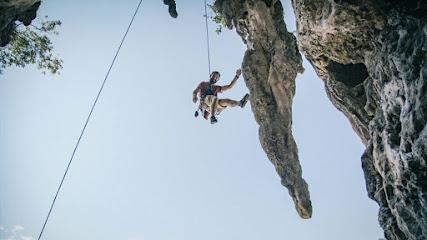
Tham Khao Mai Khew
Discover the mesmerizing Tham Khao Mai Khew, a stunning cave system in Ko Lanta, Thailand, showcasing nature's artistry and tranquility.
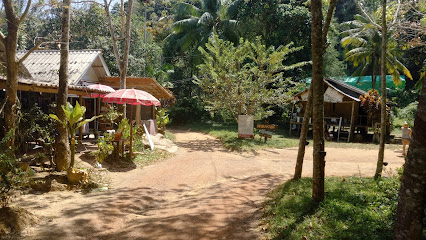
HM Lanta War Ship Museum
Explore Thailand's naval history at the HM Lanta War Ship Museum in Krabi, featuring naval vessels and artifacts in a serene setting.
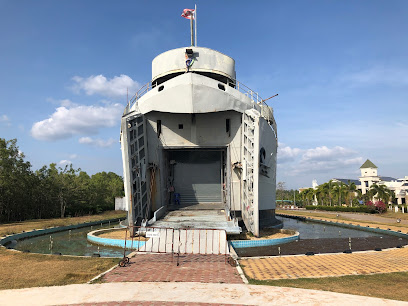
Essential places to dine
Yawee Restaurant
Experience authentic Thai cuisine at Yawee Restaurant in Ko Lanta – where flavor meets tradition in a vibrant setting.

Mays kitchen
Discover authentic Thai flavors at Mays Kitchen in Ko Lanta – where every dish tells a story of local tradition and fresh ingredients.
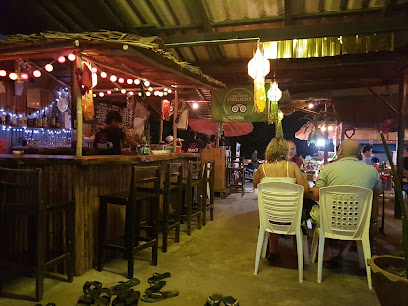
Drunken Sailors
Experience exquisite flavors at Drunken Sailors in Koh Lanta - your go-to spot for coffee and Asian fusion cuisine with breathtaking bay views.
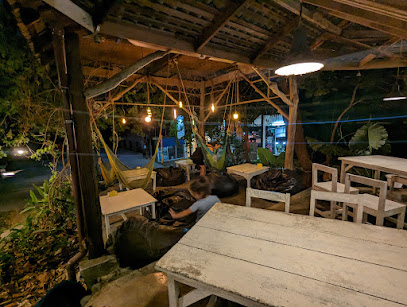
Yang Garden
Experience authentic Thai cuisine at Yang Garden in Koh Lanta - where fresh ingredients meet delightful flavors.
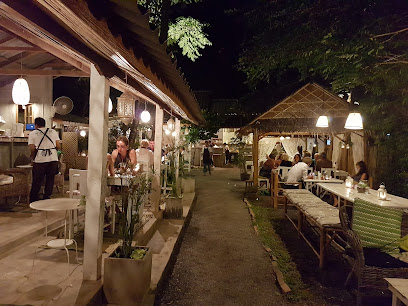
Same Same But Different Restaurant
Experience authentic Thai flavors with breathtaking ocean views at Same Same But Different Restaurant in Ko Lanta Yai.
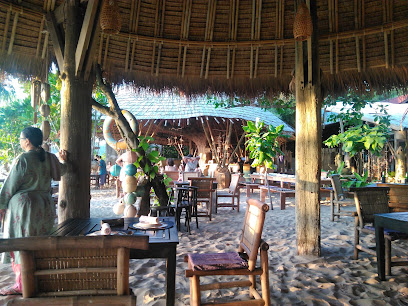
Shanti Beach House
Experience exquisite dining at Shanti Beach House on Klong Toab Beach - where culinary delights meet breathtaking ocean views.
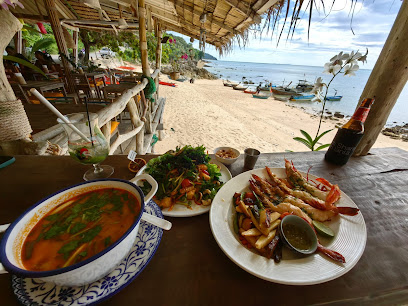
Fat monkey
Discover authentic Thai cuisine and vibrant atmosphere at Fat Monkey in Ko Lanta – where every meal is a celebration of flavors.
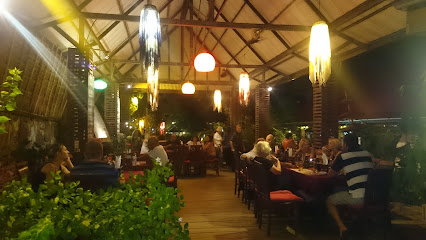
Diamond Cliff Beach Restaurant & resort
Experience exquisite dining at Diamond Cliff Beach Restaurant & Resort in Koh Lanta, where stunning ocean views meet exceptional Thai and international cuisine.
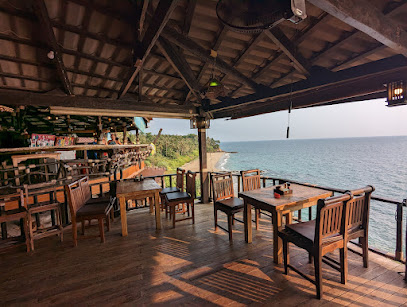
The Angels Restaurant
Discover the authentic taste of Thailand at The Angels Restaurant in Koh Lanta - where delicious food meets warm hospitality.
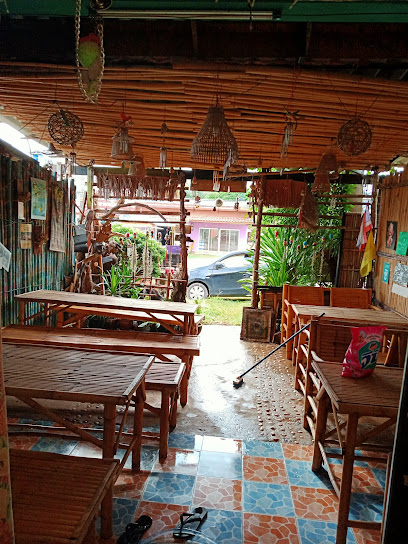
KinBurger
Discover delicious gourmet burgers at KinBurger in Koh Lanta – where quality meets flavor in a cozy atmosphere.
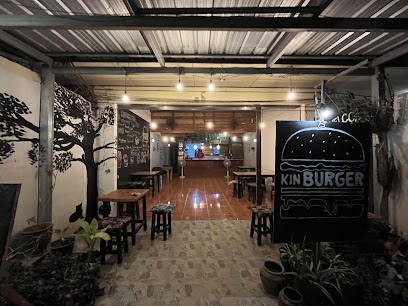
Jai-Dee Home. Restaurant, Bar on the Beach.
Discover authentic Thai flavors at Jai-Dee Home on Klong Nin Beach—where delicious cuisine meets breathtaking ocean views.
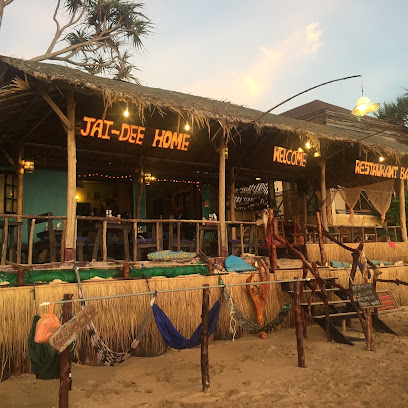
Turtle Beach Restaurant
Experience exquisite dining at Turtle Beach Restaurant in Ko Lanta - savor fresh seafood and local flavors with stunning ocean views.
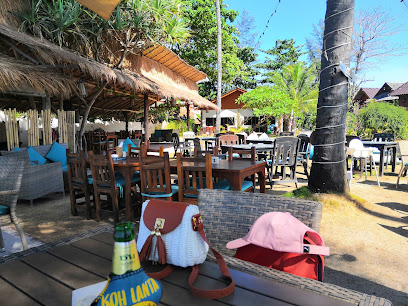
Kindee Restaurant
Discover exquisite Asian Fusion cuisine at Kindee Restaurant on Long Beach in Ko Lanta - where flavors meet paradise.
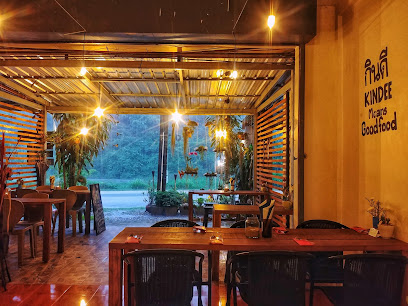
The Kitchen
Experience the vibrant flavors of Ko Lanta at The Kitchen - where local meets global cuisine in a cozy setting.
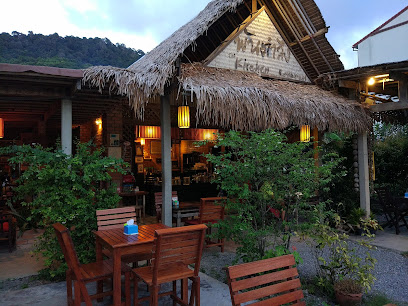
N and N Restaurant
Experience authentic Thai cuisine at N and N Restaurant in Koh Lanta - where flavor meets affordability in a warm atmosphere.
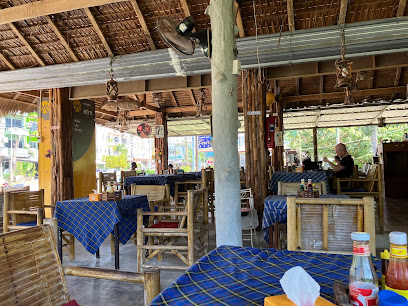
Markets, malls and hidden boutiques
Lanta Mart
Discover a vibrant supermarket in Ko Lanta, featuring local Thai products and international favorites for an authentic shopping experience.
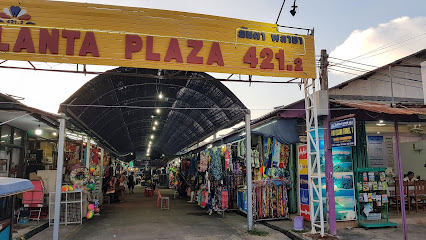
Old Town Lanta Street Market
Explore the lively Old Town Lanta Street Market for unique souvenirs, delicious street food, and a taste of local life in Ko Lanta.
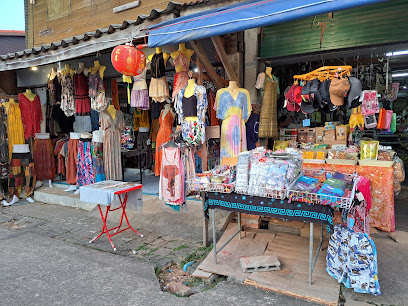
High Season Koh Lanta
Discover the best cannabis shopping experience on Koh Lanta at High Season, where quality meets friendly service.
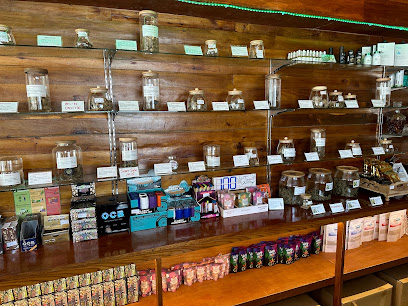
Lanta Highland Weed / Cannabis Cafe
Discover the perfect blend of relaxation and nutrition at Lanta Highland Weed / Cannabis Cafe, a unique cannabis store and organic restaurant in Koh Lanta.
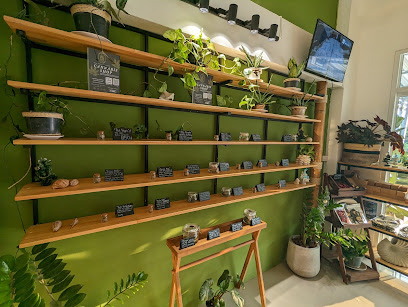
FLY HOUSE Koh Lanta Cannabis weed store lanta coffee shop
Experience the vibrant culture of Koh Lanta at FLY HOUSE, a premier cannabis store and musical club, perfect for relaxation and socializing.

Malee Malee Handmade stuff
Explore the rich heritage of Thailand through unique handcrafted gifts at Malee Malee Handmade Stuff in Koh Lanta Yai.

High season Bakantiang and Speak easy cafe ,Koh Lanta
Experience a unique blend of cannabis culture and artistic expression at High Season Bakantiang in Koh Lanta, a must-visit for creative tourists.
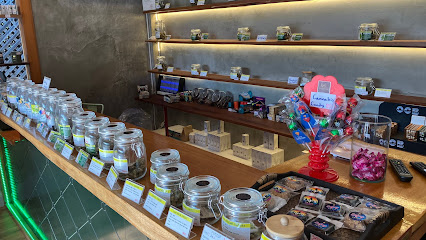
Top Tailor Koh Lanta
Discover the art of custom tailoring at Top Tailor Koh Lanta, where each piece is crafted with precision and care for an unforgettable shopping experience.
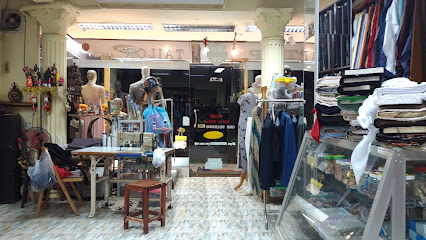
Crazy Alex Specialty Coffee Tiki Bar Ganja Hospital Boutique
Experience the unique fusion of specialty coffee and tiki bar vibes at Crazy Alex in Ko Lanta, the perfect spot for a relaxing break.
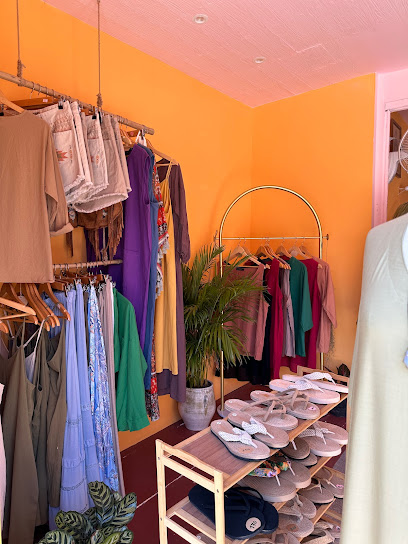
Lanta Highland Weed / Cannabis Beach Shop
Explore the best of cannabis culture at Lanta Highland Weed / Cannabis Beach Shop in Ko Lanta, where quality meets community in a vibrant setting.
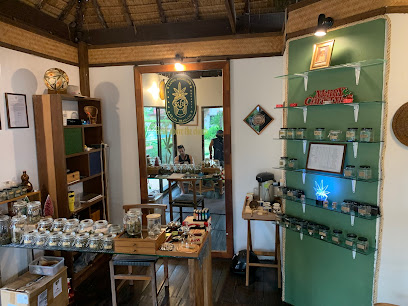
Super Shop Thai Brand
Explore authentic Thai products and unique souvenirs at Super Shop Thai Brand in Ko Lanta, where local culture comes alive.
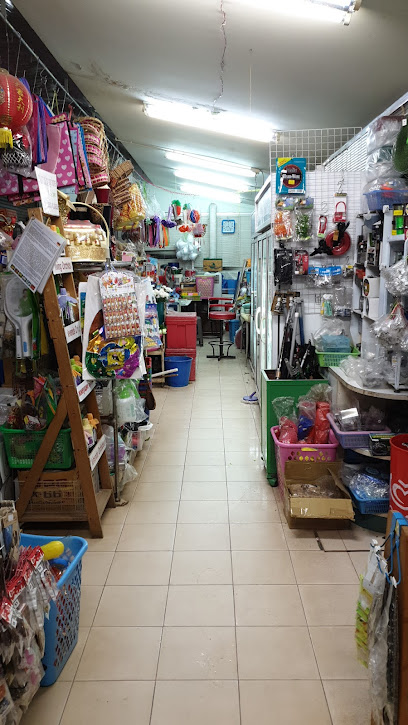
Mai Yod Market
Explore the vibrant Mai Yod Market in Ko Lanta for an authentic Thai shopping experience filled with local produce, crafts, and delectable street food.

a little handmade shop on lanta
Explore a charming gift shop in Ko Lanta specializing in unique handmade crafts and clothing, perfect for souvenirs and gifts.
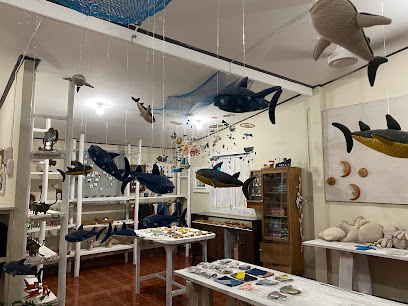
Mountain Sea - Silver & Stone
Discover unique handcrafted jewelry at Mountain Sea - Silver & Stone, where Thai artistry meets exquisite design in the heart of Ko Lanta.
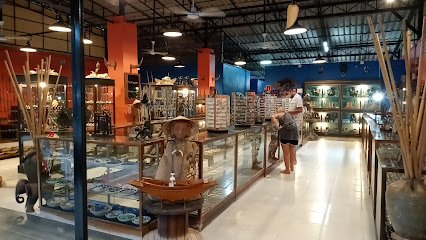
KiKi Koh Lanta at Kantiang Bay
Explore the essence of Thai craftsmanship at KiKi Koh Lanta, a boutique treasure by Kantiang Bay, where local artistry meets serene beauty.

Essential bars & hidden hideouts
Why Not Bar
Experience the vibrant nightlife at Why Not Bar in Koh Lanta, where delicious cocktails and friendly vibes await every visitor.
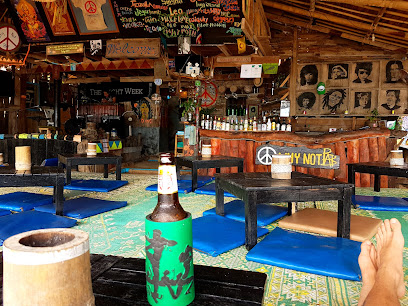
The Irish Embassy
Experience the charm of an Irish pub in Ko Lanta, where local flavors and traditional cuisine come together in a vibrant setting.
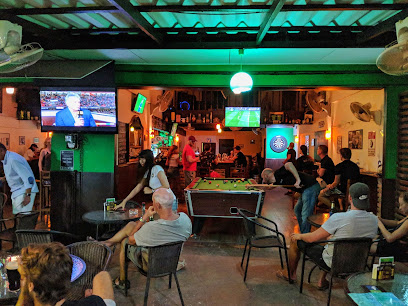
Majestic Bar Koh Lanta
Discover the enchanting tropical vibes and exquisite cocktails at Majestic Bar Koh Lanta, the ultimate beachside retreat for travelers.
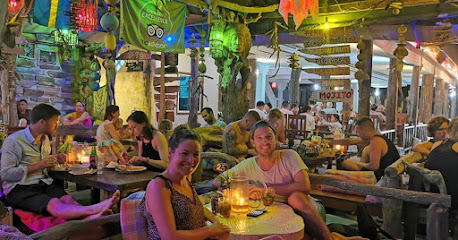
San Sunset Bar
San Sunset Bar: A Relaxing Oasis in Ko Lanta with Stunning Views and Delicious Drinks.

Lym's Bar & Restaurant @ Koh Lanta
Discover the authentic taste of Thailand at Lym's Bar & Restaurant in Koh Lanta, where fresh ingredients meet stunning island views.
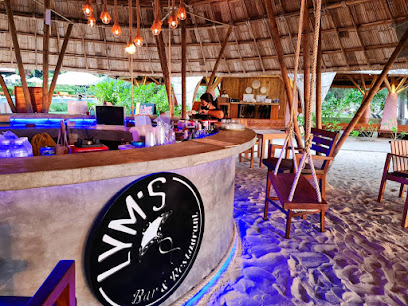
Rasta Baby
Experience the vibrant atmosphere and delightful flavors at Rasta Baby, your tropical bar escape in Ko Lanta.
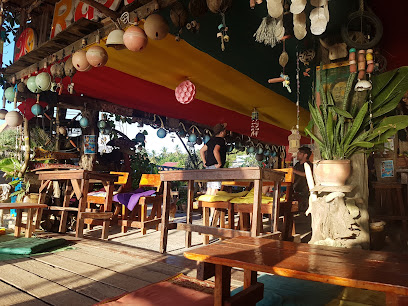
Krit Friendly Bar&Diner
Experience the vibrant flavors of Thailand at Krit Friendly Bar&Diner in Ko Lanta, where cocktails and local cuisine meet a friendly atmosphere.
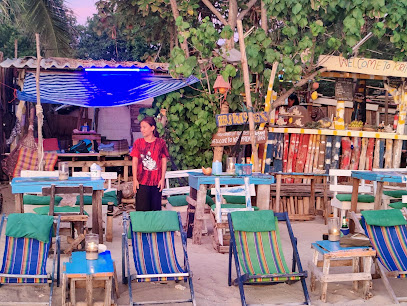
มัชรูม บาร์
Experience vibrant nightlife at Mushroom Bar in Ko Lanta, where delightful drinks and lively music create unforgettable memories.
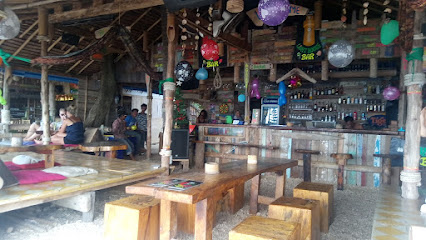
The Sound Shack Bar
Experience the vibrant nightlife and stunning sunset views at The Sound Shack Bar, a must-visit destination in Ko Lanta, Thailand.
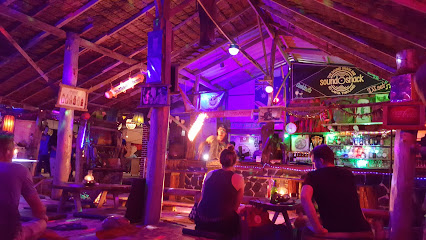
The Ozone Beach Bar & Club - Koh Lanta
Enjoy breathtaking sunsets and vibrant nightlife at The Ozone Beach Bar & Club, a premier destination in Koh Lanta for relaxation and fun.
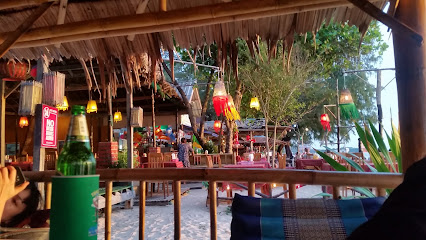
Boogie bay bar
Experience the laid-back vibe of Ko Lanta at Boogie Bay Bar, where great drinks and live music create unforgettable sunsets.
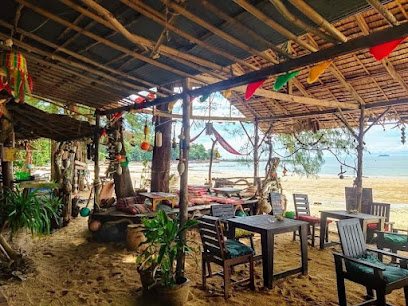
Cheeky Monkey Bar
Experience the vibrant nightlife at Cheeky Monkey Bar in Ko Lanta, where tropical cocktails meet a lively atmosphere and stunning ocean views.
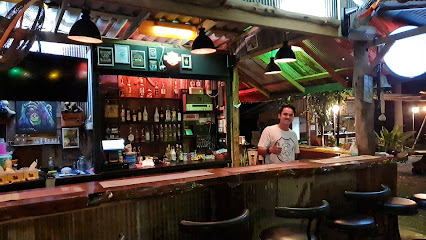
Mr Love Bar
Discover the vibrant cocktail scene at Mr Love Bar in Ko Lanta Yai, where expertly crafted drinks meet a welcoming atmosphere.
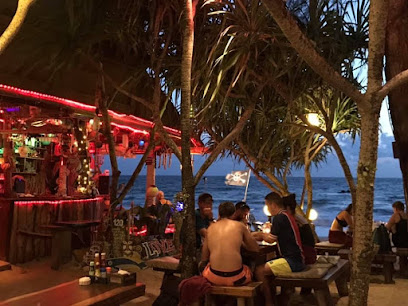
Korner Bar
Unwind at Korner Bar in Ko Lanta, where every sunset is a celebration with great drinks and a vibrant atmosphere.
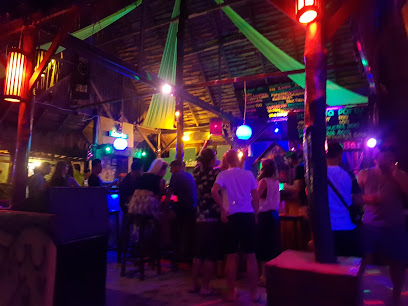
Aqua Bar
Experience the essence of tropical relaxation at Aqua Bar, where expertly crafted cocktails meet stunning ocean views on Ko Lanta's beautiful beach.
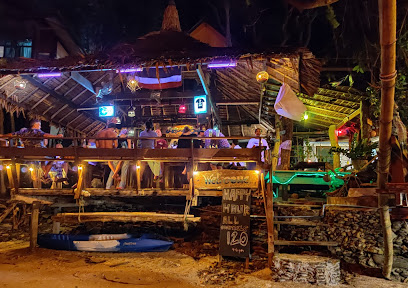
Local Phrases about Koh Lanta
-
- Helloสวัสดี
[sawasdee] - Goodbyeลาก่อน
[laa kon] - Yesใช่
[chai] - Noไม่
[mai] - Please/You're welcomeโปรด/ยินดี
[proht/yin dee] - Thank youขอบคุณ
[kop khun] - Excuse me/Sorryขอโทษ
[kor toht] - How are you?สบายดีไหม
[sabai dee mai] - Fine. And you?สบายดีครับ/ค่ะ คุณล่ะ
[sabai dee khrap/kha kun la] - Do you speak English?คุณพูดภาษาอังกฤษได้ไหม
[kun poot paa saa ang grit dai mai] - I don't understandฉันไม่เข้าใจ
[chan mai khao jai]
- Helloสวัสดี
-
- I'd like to see the menu, pleaseขอดูเมนูหน่อย
[kor doo menu noi] - I don't eat meatฉันไม่กินเนื้อ
[chan mai gin neuua] - Cheers!ชนสิ
[chon si] - I would like to pay, pleaseขอจ่ายเงินหน่อย
[kor jai ngern noi]
- I'd like to see the menu, pleaseขอดูเมนูหน่อย
-
- Help!ช่วยด้วย
[chuay duay] - Go away!ไปห่างๆ
[bpai yang yang] - Call the Police!โทรตำรวจ
[tor tamruat] - Call a doctor!โทรหมอ
[tor mor] - I'm lostฉันหลงทาง
[chan long tang] - I'm illฉันไม่สบาย
[chan mai sabai]
- Help!ช่วยด้วย
-
- I'd like to buy...ฉันอยากซื้อ...
[chan yak seuu...] - I'm just lookingฉันแค่ดู
[chan kae doo] - How much is it?ราคาเท่าไหร่
[ra kha thao rai] - That's too expensiveแพงเกินไป
[paeng gein bpai] - Can you lower the price?ลดราคาได้ไหม
[lot ra kha dai mai]
- I'd like to buy...ฉันอยากซื้อ...
-
- What time is it?กี่โมงแล้ว
[gee mong laeo] - It's one o'clockเป็นโมงเท่า
[bpen mong thao] - Half past (10)ครึ่งหลัง (10)
[kreung lang sip] - Morningเช้า
[chao] - Afternoonบ่าย
[bai] - Eveningเย็น
[yen] - Yesterdayเมื่อวาน
[meua waan] - Todayวันนี้
[wan nee] - Tomorrowพรุ่งนี้
[proong nee] - 1หนึ่ง
[neung] - 2สอง
[song] - 3สาม
[sam] - 4สี่
[see] - 5ห้า
[haa] - 6หก
[hok] - 7เจ็ด
[jet] - 8แปด
[bpaaet] - 9เก้า
[gao] - 10สิบ
[sip]
- What time is it?กี่โมงแล้ว
-
- Where's a/the...?...อยู่ที่ไหน
[...yoo tee nai] - What's the address?ที่อยู่คืออะไร
[tee yoo keu a-rai] - Can you show me (on the map)?แสดงให้ฉันดูได้ไหม
[sa-dang hai chan doo dai mai] - When's the next (bus)?รถต่อไปเมื่อไหร่
[rot dtor bpai meu rai] - A ticket (to ....)ตั๋ว (ไป...)
[dtua (bpai...)]
- Where's a/the...?...อยู่ที่ไหน
History of Koh Lanta
-
Koh Lanta's history dates back to ancient times when it was first settled by the sea gypsies known as the Chao Leh or 'Sea People'. These nomadic tribes, including the Moken and Urak Lawoi, were the island's earliest inhabitants. They lived off the sea, practicing fishing and diving, and their unique culture and traditions have left a lasting imprint on Koh Lanta.
-
During the 8th to 13th centuries, Koh Lanta came under the influence of the Srivijaya Empire, a powerful maritime kingdom based in Sumatra. The island served as a strategic stopover for traders and travelers navigating the Andaman Sea. The Srivijaya Empire's impact is evident in the cultural and religious artifacts found on the island, including ancient Buddhist relics.
-
In the 14th century, Koh Lanta became part of the Ayutthaya Kingdom, which was one of the major kingdoms in Thai history. This period saw increased trade and interaction with other parts of Thailand and neighboring regions. The island's population began to diversify as people from various parts of Thailand settled on Koh Lanta, blending their customs and traditions with those of the original inhabitants.
-
The 19th and early 20th centuries marked a significant economic shift for Koh Lanta with the discovery of tin deposits. Tin mining became a major industry, attracting Chinese laborers who settled on the island and established their own communities. This era brought economic prosperity and led to the development of infrastructure, including roads and ports, which facilitated trade and transport.
-
During World War II, Koh Lanta, like much of Thailand, experienced the impacts of Japanese occupation. After the war, the island saw a gradual return to peace and normalcy. The post-war period brought new economic opportunities, and the local population began to focus more on agriculture, fishing, and small-scale trade.
-
The late 20th century marked the beginning of Koh Lanta's transformation into a popular tourist destination. With its pristine beaches, lush jungles, and rich cultural heritage, the island started attracting visitors from around the world. The growth of tourism has led to significant developments in infrastructure, including resorts, restaurants, and recreational facilities, while efforts are made to preserve the natural beauty and cultural heritage of the island.
-
Koh Lanta is known for its vibrant cultural festivals that celebrate the island's diverse heritage. The Lanta Lanta Festival, held annually in Lanta Old Town, showcases traditional music, dance, and food from the island's various communities, including the Sea Gypsies, Thai, Chinese, and Muslim populations. These festivals provide a unique opportunity for visitors to experience the rich tapestry of Koh Lanta's cultural history.
Koh Lanta Essentials
-
Koh Lanta is located in the Krabi Province of Thailand. The nearest international airport is Krabi International Airport (KBV), approximately 70 kilometers away. From the airport, you can take a minibus or taxi to Koh Lanta, which includes a ferry crossing. The journey typically takes around 2 to 3 hours. Alternatively, you can fly into Phuket International Airport (HKT) and take a ferry or a combination of bus and ferry services to Koh Lanta.
-
Once on Koh Lanta, transportation options include renting a scooter, motorbike, or bicycle, all of which are popular and convenient ways to explore the island. Tuk-tuks and local taxis are also available, but be sure to agree on a fare beforehand. For those who prefer a more structured experience, guided tours and private car hires can be arranged through local travel agencies.
-
The official currency in Thailand is the Thai Baht (THB). Credit cards are accepted in many hotels, restaurants, and larger shops, but it is advisable to carry cash for smaller establishments and street vendors. ATMs are widely available across Koh Lanta, and currency exchange services can be found in key tourist areas.
-
Koh Lanta is generally a safe destination for tourists. However, it is important to take standard precautions. Avoid walking alone at night in unfamiliar areas and keep an eye on your belongings in crowded places. While Koh Lanta does not have specific high-crime areas targeting tourists, always stay vigilant and exercise caution, particularly when renting motorbikes and while swimming in the sea.
-
In case of emergency, dial 1669 for medical emergencies and 191 for police assistance. Koh Lanta has a hospital and several clinics that can handle minor to moderate medical issues. It is strongly recommended to have travel insurance that covers medical emergencies and evacuation. For minor health issues, pharmacies are available across the island for over-the-counter medications.
-
Fashion: Do dress modestly, especially when visiting temples or local communities. Avoid wearing revealing clothing. Religion: Do respect local customs and traditions. Remove your shoes before entering temples and dress appropriately. Public Transport: Do be polite and offer seats to the elderly. Don’t eat or drink on public transport. Greetings: Do greet people with a traditional Thai 'wai,' a slight bow with palms pressed together. Avoid touching people's heads, as it is considered disrespectful. Eating & Drinking: Do try local cuisine and graciously accept food offerings. Don’t point your feet at people or religious objects, as it is considered rude.
-
To experience Koh Lanta like a local, visit the island's night markets where you can sample delicious street food and buy local crafts. Engage with local residents who are often friendly and willing to share insights about their culture. Don't miss a visit to the Old Town, with its traditional wooden houses and seafood restaurants. For a unique experience, take a long-tail boat trip to nearby islands or explore the underwater world through snorkeling and diving excursions.
Trending Landmarks in Koh Lanta
Nearby Cities to Koh Lanta
-
Things To Do in Trang
-
Things To Do in Phuket
-
Things To Do in Nakhon Si Thammarat
-
Things To Do in Surat Thani
-
Things To Do in Satun
-
Things To Do in Langkawi
-
Things To Do in Koh Samui
-
Things To Do in Ranong
-
Things To Do in George Town
-
Things To Do in Chumphon
-
Things To Do in Penang
-
Things To Do in Kota Bharu
-
Things To Do in Ipoh
-
Things To Do in Cameron Highlands
-
Things To Do in Medan








